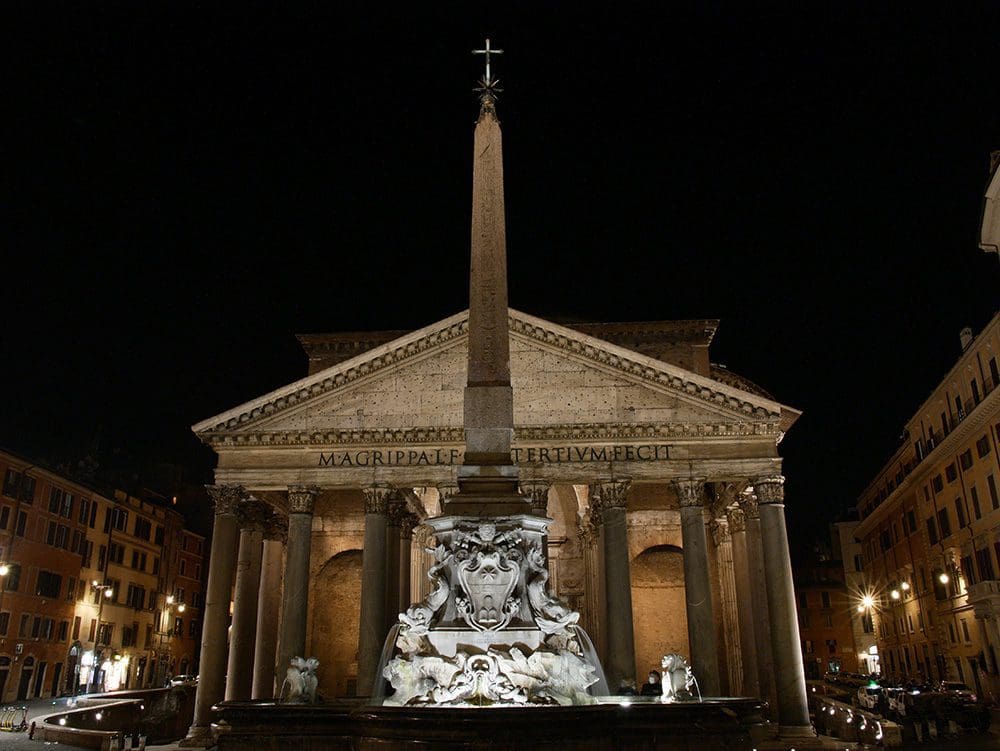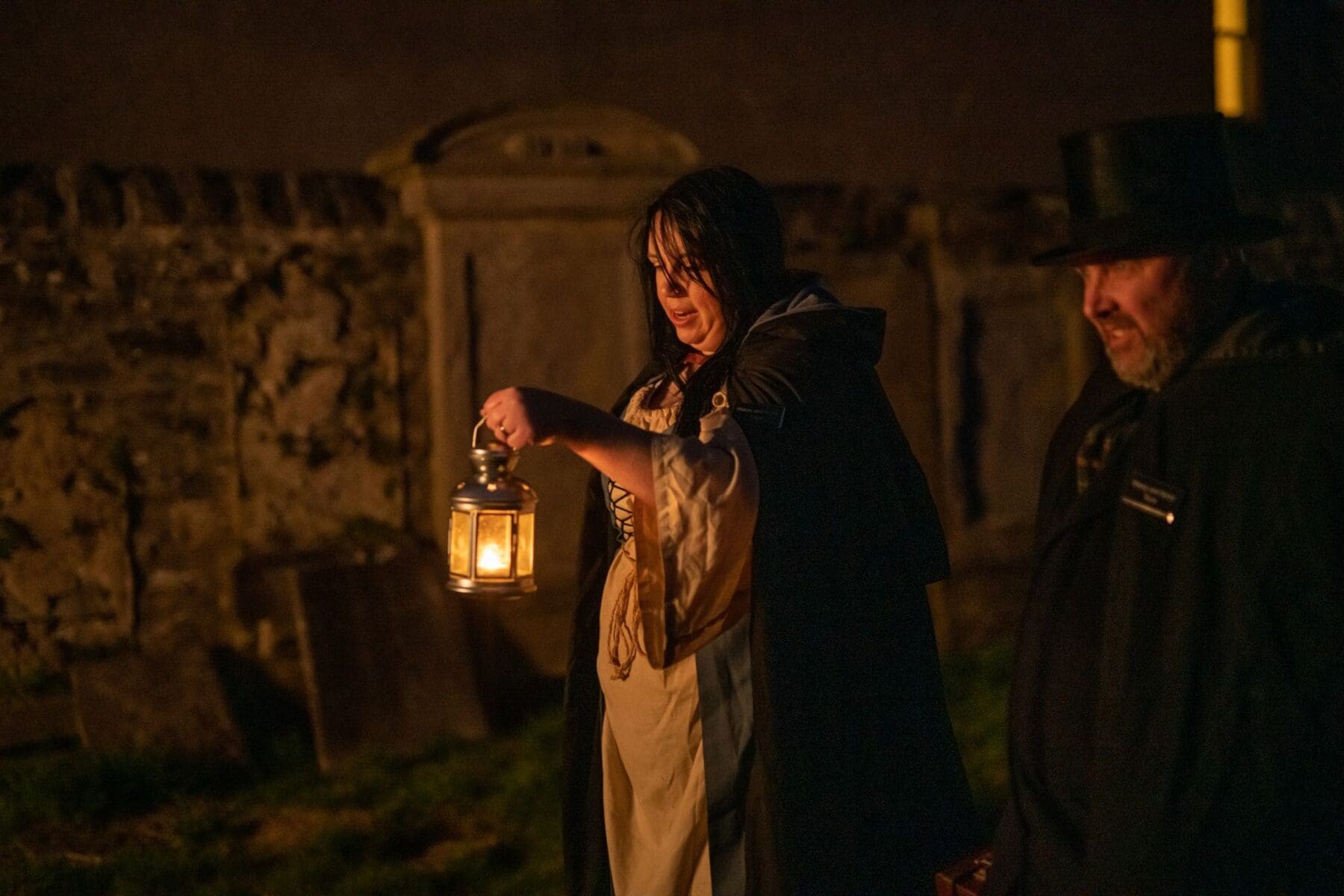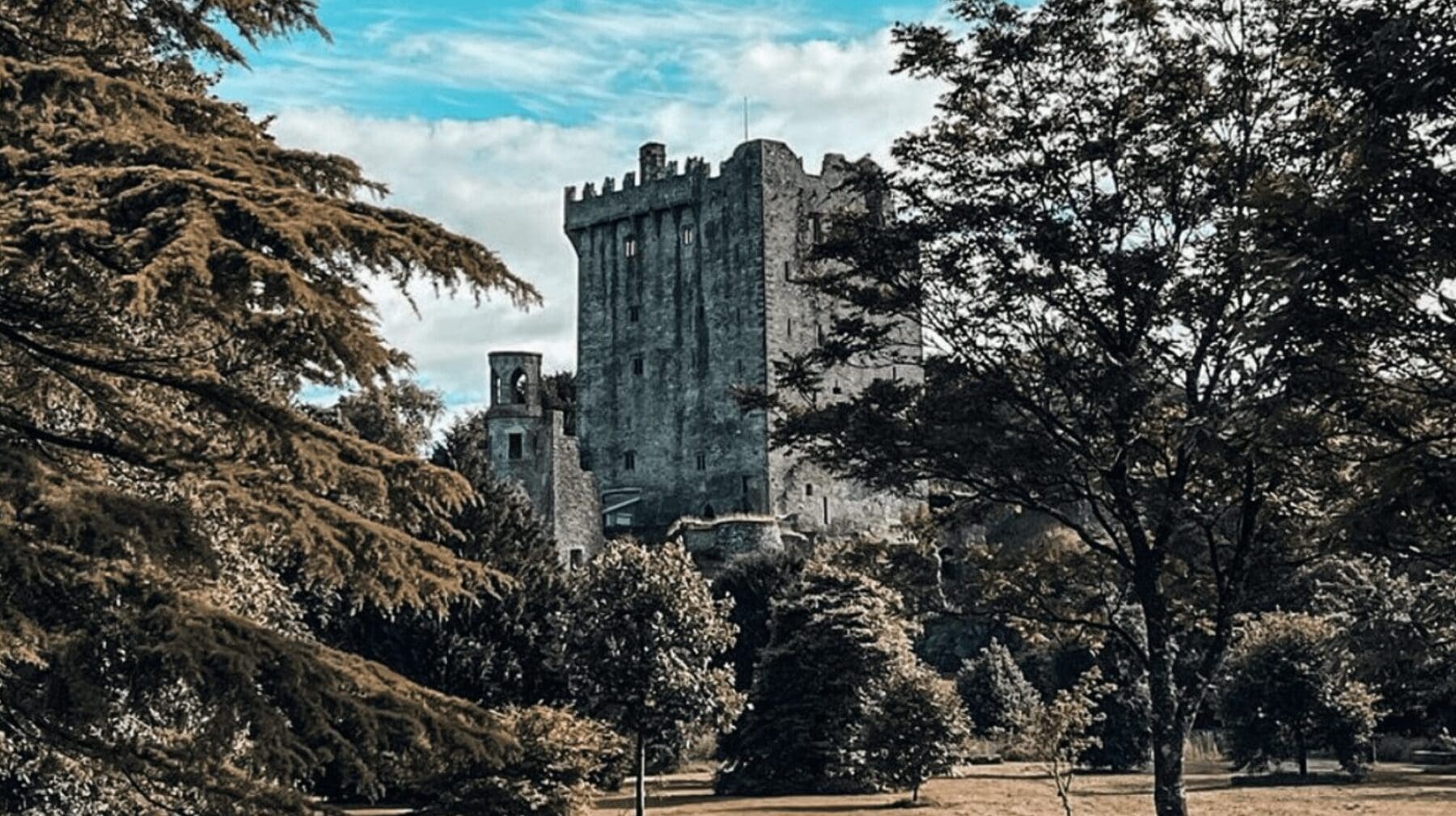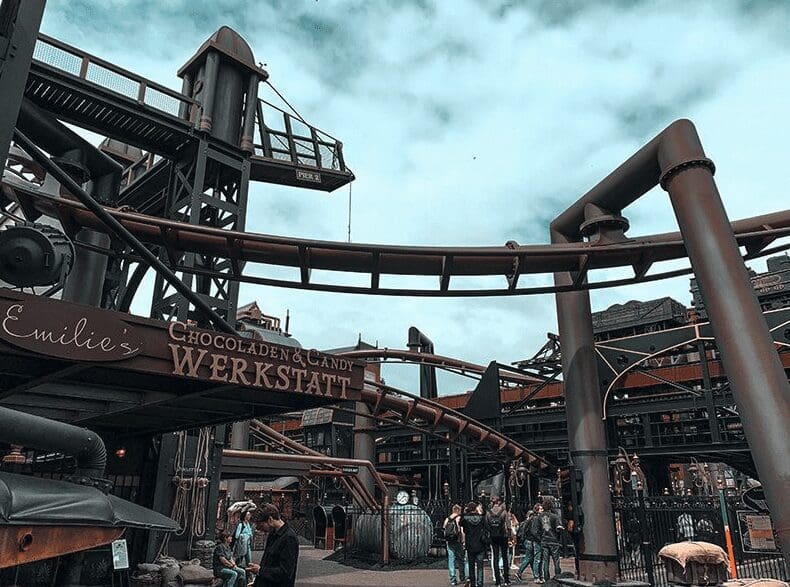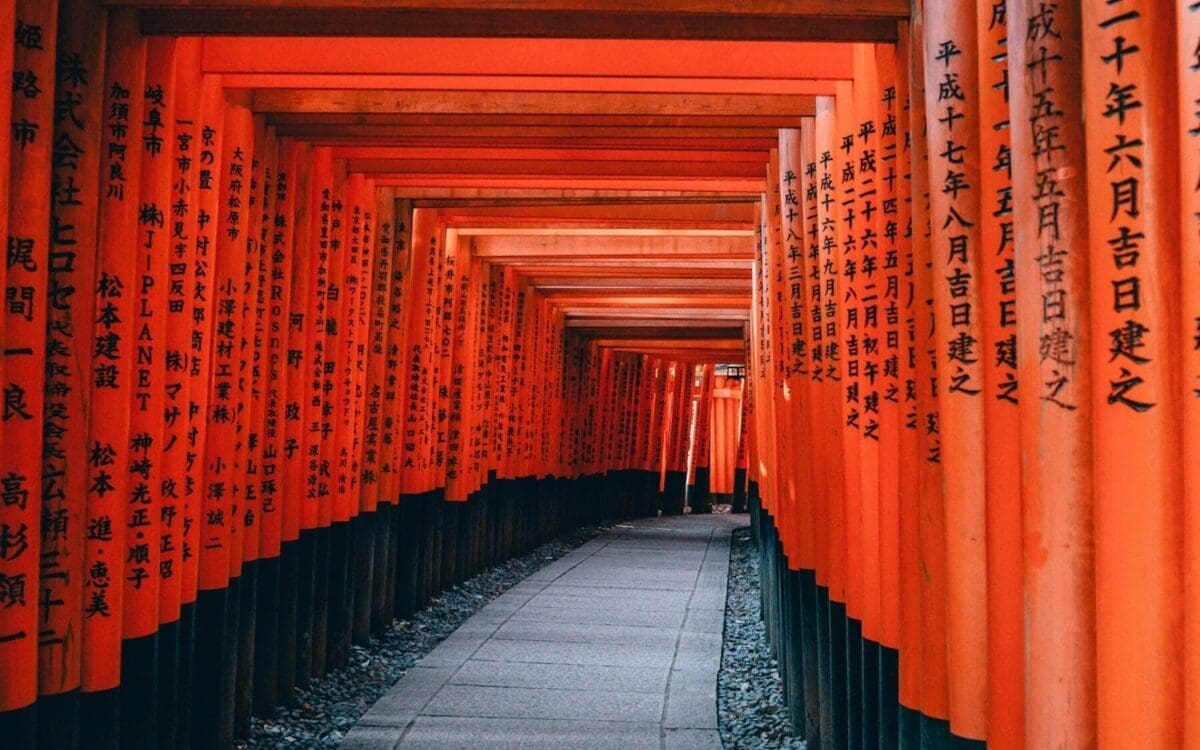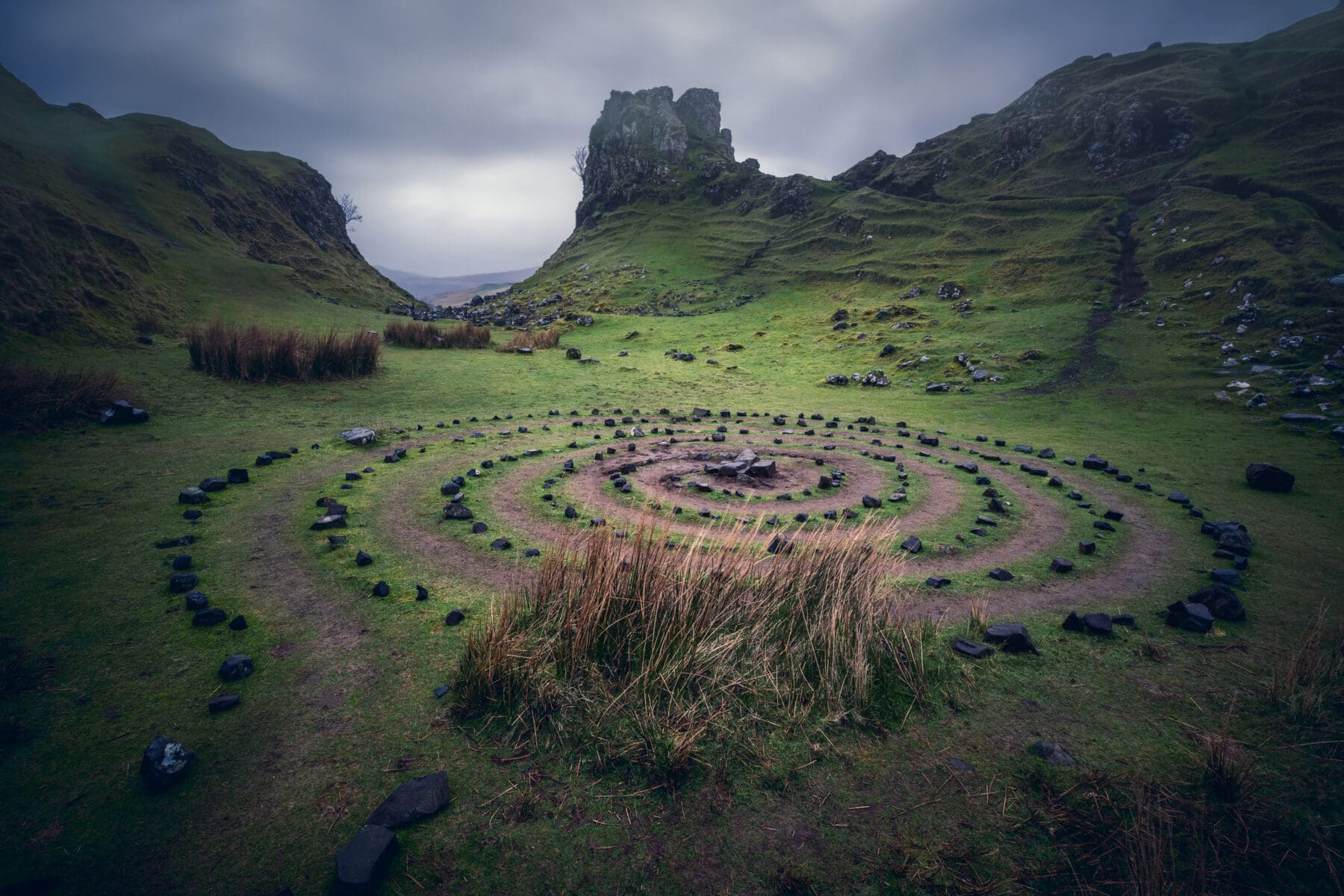Uncovering Rome’s Dark and Unusual: A Weird Traveler’s Guide
For a city known for its rich culture, incredible food, and amazing historic sights, Rome also has a more ominous side. And how could it not? This city has seen empires rise and fall, and witnessed centuries of humanity trying to “figure it out”. As one Roman said to me once, “It’s impossible for anyone to fully see Rome. Even for us who are born here. There’re layers and layers of history that we barely scrape from the top. It’s overwhelming.” With all this immense history comes the baggage of a darker side. For the weird traveler, this is something worth discovering.
If you are one who enjoys taking ghost tours and seeing the “strange and unusual” when you explore a new travel destination, then you’ve come to the right place! Check out some of these unusual spots you can find on your next adventure in Rome! As many Romans say, “Rome is a beautiful mess, and looking at some of its history, you can see just that!”
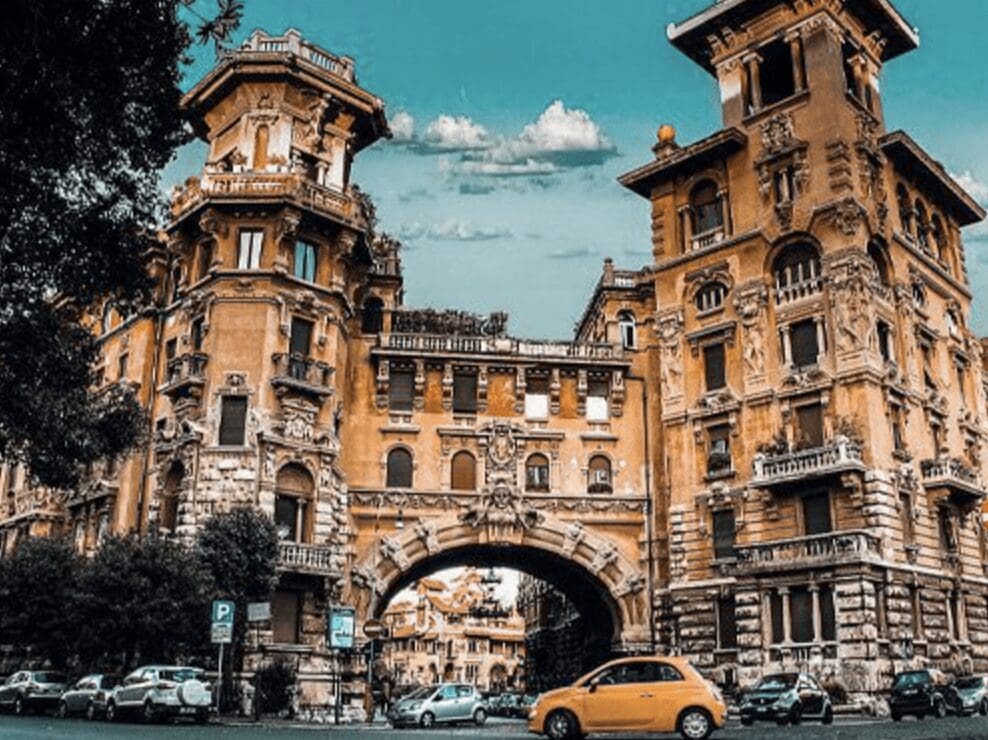
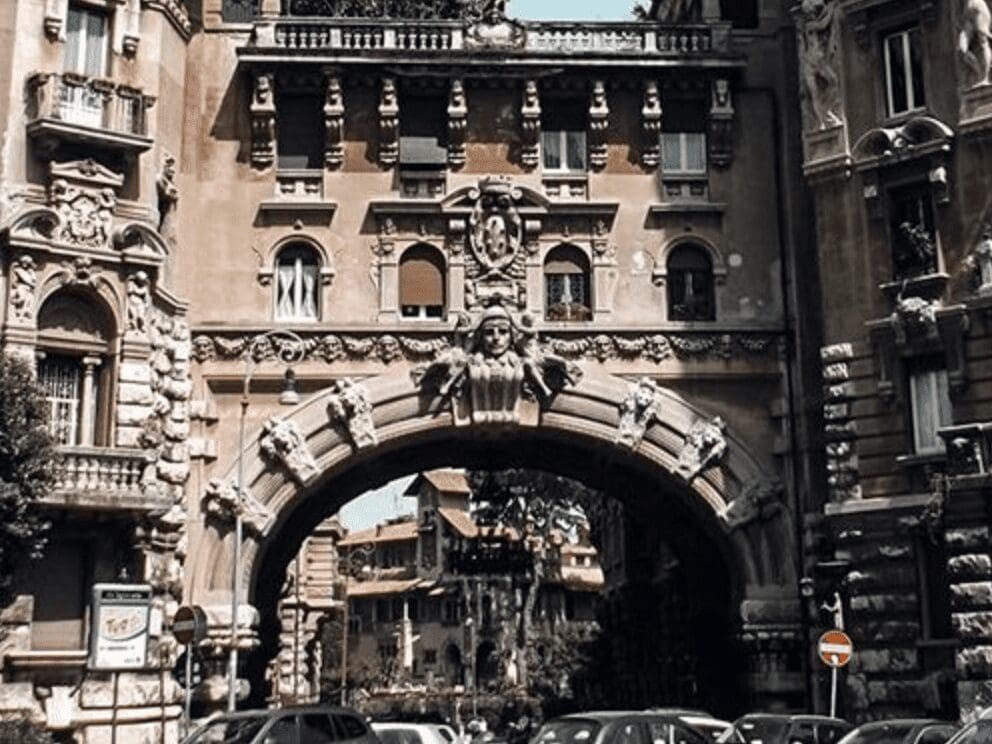
QUARTIERE COPPEDÈ- THE ARCHITECTURAL FANTASY QUARTER OF ROME.
This is a bizarre architectural area nestled within the Trieste district in the northern part of the city. Designed by the visionary artist Gino Coppedè, this hypnotic and sometimes obscure neighborhood comprises 18 palaces and 27 buildings and villas built between 1920 and 1930. Mythological symbology influenced his creativity, along with various historic architectural designs that he combined, giving a new and supernatural twist to the concept of architecture. The entire area has a fairytale feeling, with green ivy covering the walls, together with fairy fountains and marble sculptures that seem to come to life as you pass by.
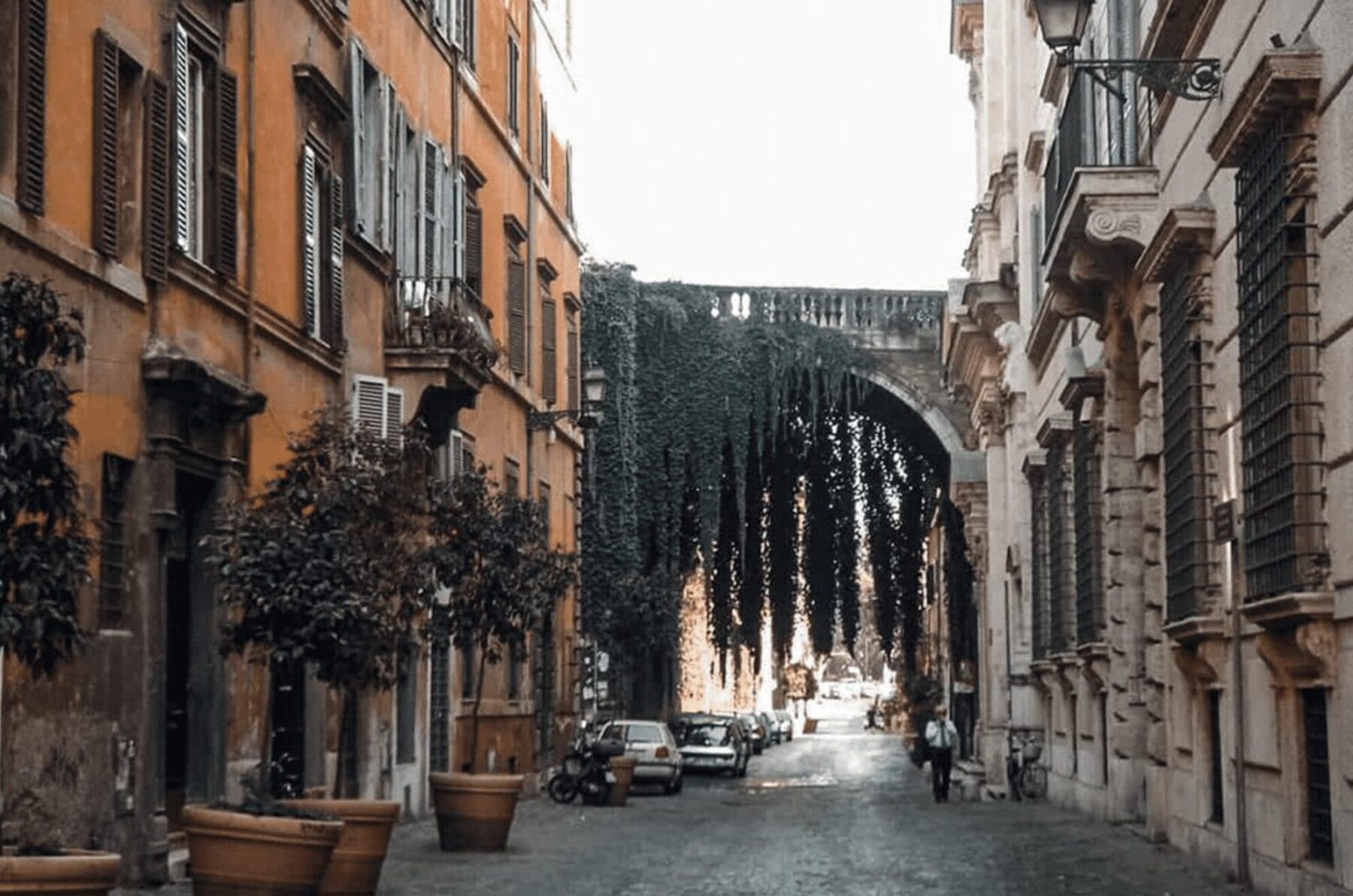
VIA GIULIA STREET- THE WITCH LOOKING FOR HER DAUGHTER
Running through the very core of the historical center of Rome, this picturesque street is the most authentic example of the urban Renaissance. However, at night, this charming street can also take you on a walk on the darker side of Rome. You may even run into a witch! Guila, the witch, is known to haunt this street every night in search of her daughter. If you come across her, make sure you don’t look her in the eyes, or the one person you love the most will end up dead! At least that’s how the legend goes. This street has seen its share of death, which leads us to our next stop on the list, which also finds its residency on Via Guila, the Church of St. Mary of the Oration and Death.

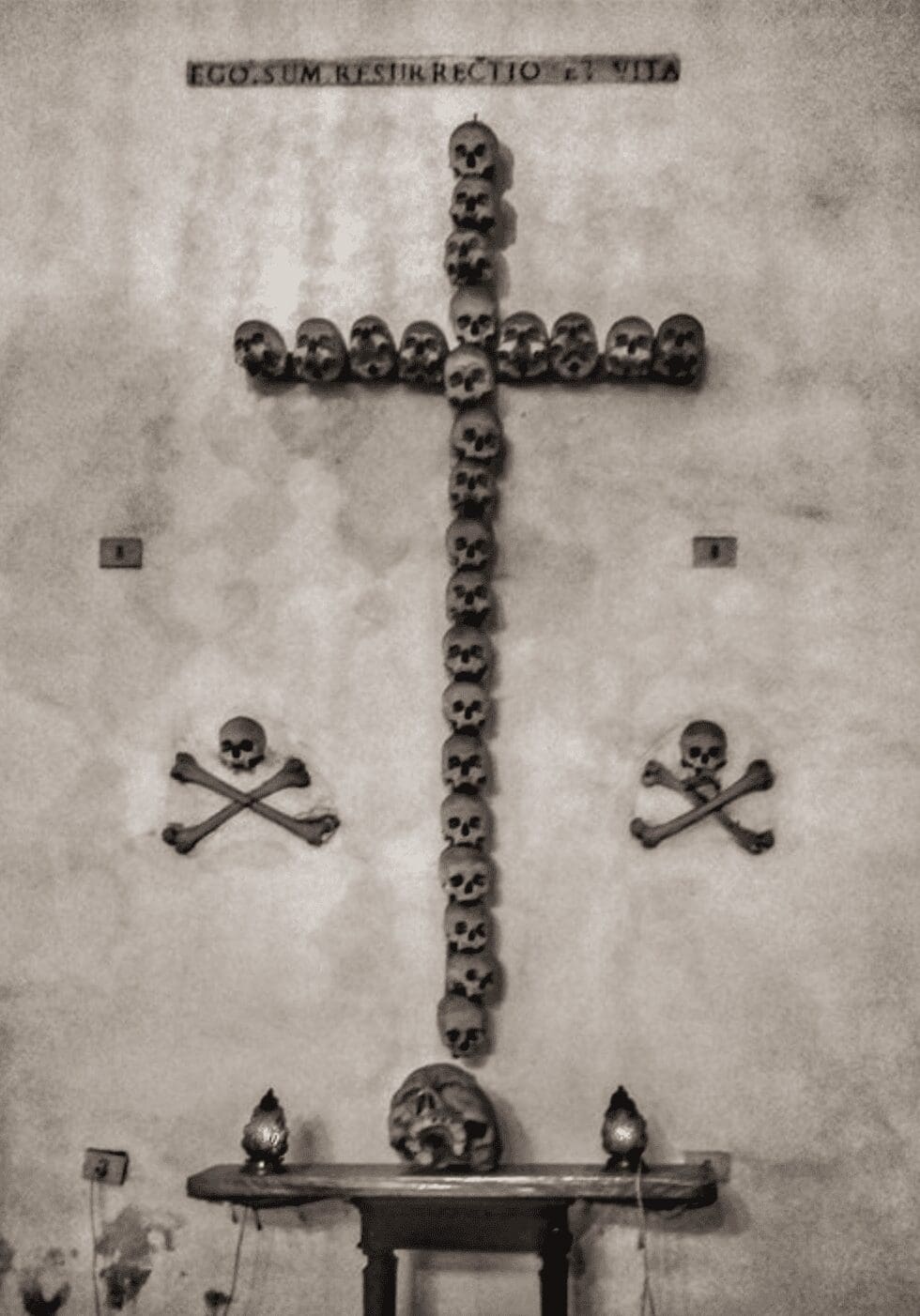
CHURCH OF ST. MARY OF THE ORATION AND DEATH (CHIESA DI SANTA MARIA DELL’ORAZIONE E MORTE)
The strong presence of death is found as soon as you enter this church. You’ll find a marble skull with an underlying inscription that reads: “Hodie mihi, cras tibi” (“Today to me, tomorrow to you”). They built this church in 1573 for the Brotherhood of Prayer and Death. Yes, that was the thing! During the time of the brotherhood, there were no public cemetery services, and often the corpses of missing people, swallowed up by the Tiber river, prostitutes or beggars forgotten, remained on the street, with no one bothering to give them just burial. The brotherhood made it their mission to collect the corpses and give them a Christian and worthy burial. When you go inside, you will find all kinds of weird designs and items made of human bones created by the brotherhood over the centuries. Did I mention a giant chandelier of skulls and bones?
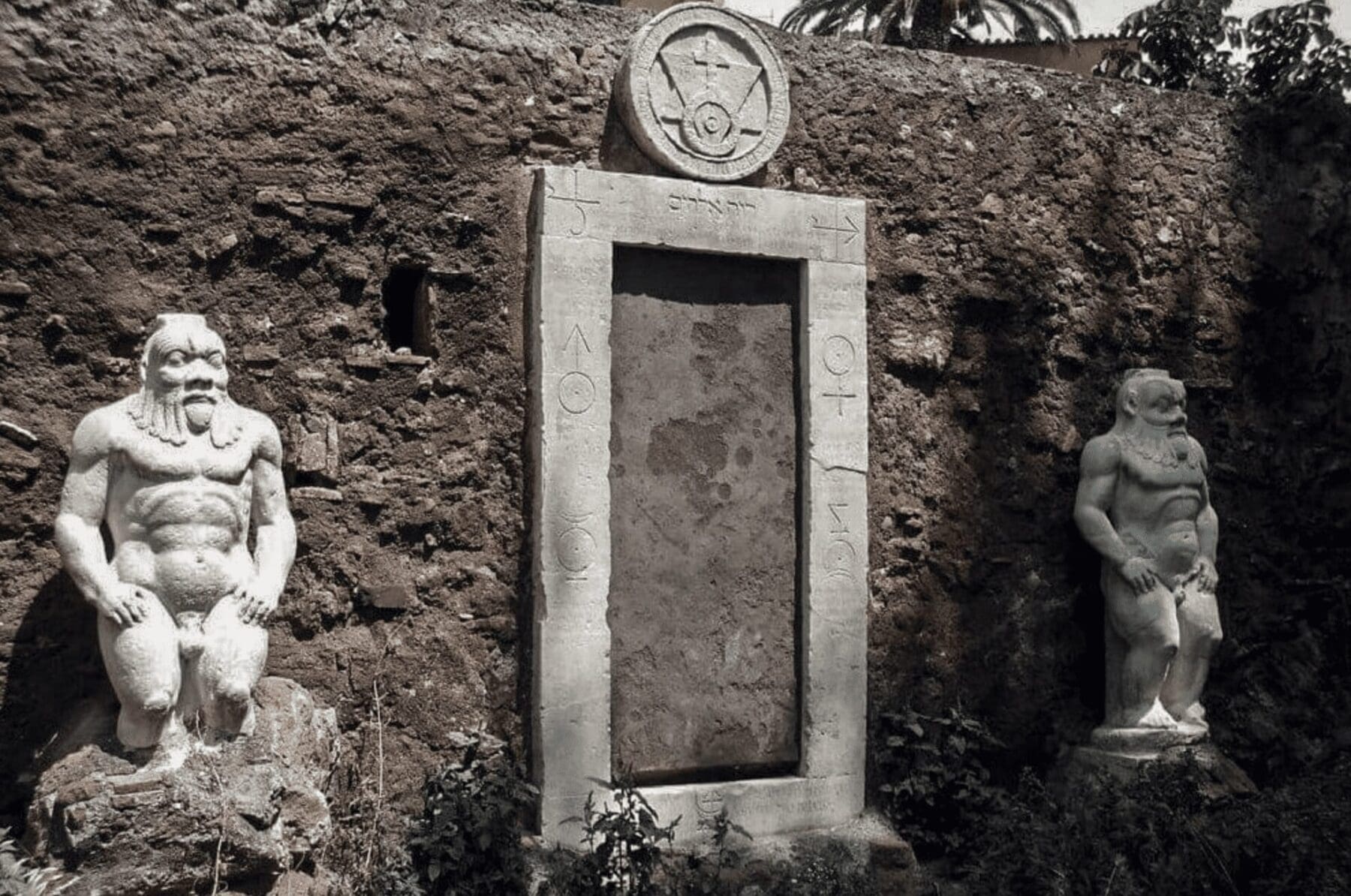
PORTA MAGICA
This magical alchemist gate is a hidden gem in Rome’s city center and houses all kinds of mystery and legend. Alchemic symbols can be seen on the white door and next to it are two statues that depict the Egyptian God Bes and come from the no longer extant Temple of Serapis.
The legend says that the alchemist Giustiniani Bono spent the night in this spot in search of an herb that could produce gold. The next day he disappeared through the Porta Magica, never to be seen again. All that was left was gold flakes and a document full of symbols from alchemy said to contain the secret of the Philosopher’s Stone. The Marquis family who took over the residence had these symbols engraved on the five doors and architraves of their villa, hoping one day someone could decipher them.
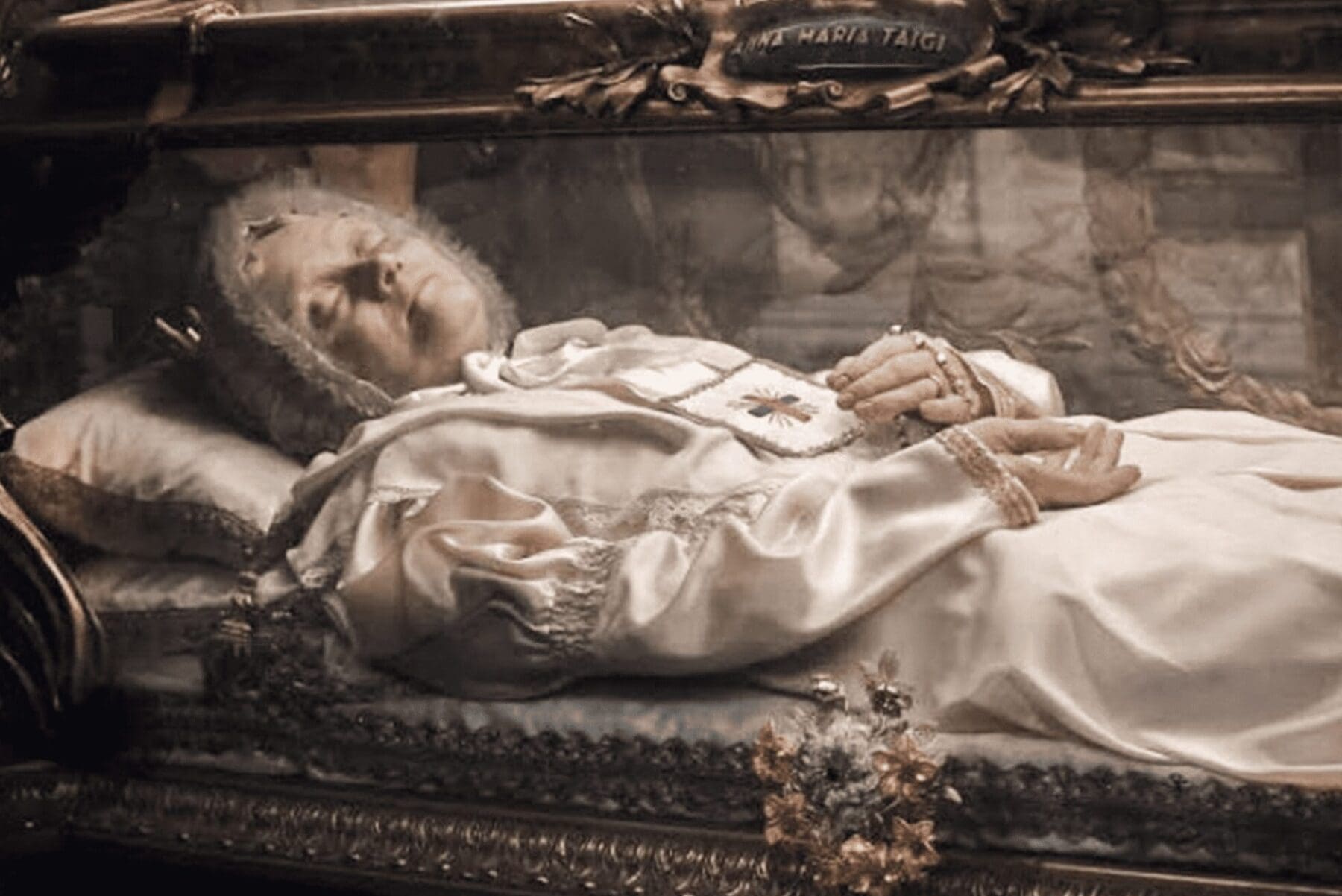
THE WAX REMAINS OF BLESSED ANNA MARIA
The Basilica of San Crisogono is a small chapel with a unique piece of history. Housed in this place of worship lies a glass coffin with the remains of Anna Maria Taigi. However, these remains are covered in wax made from her death mask. Anna Maria and her family moved to Rome when she was six years old, and later married and had seven children. She joined the Secular Trinitarians in 1802. Of the many holy gifts attributed to her, the most impressive was the “miracle of the mystic globe-sun.” She would have visions of a sun-shaped globe that held images of current, past, and secret events.
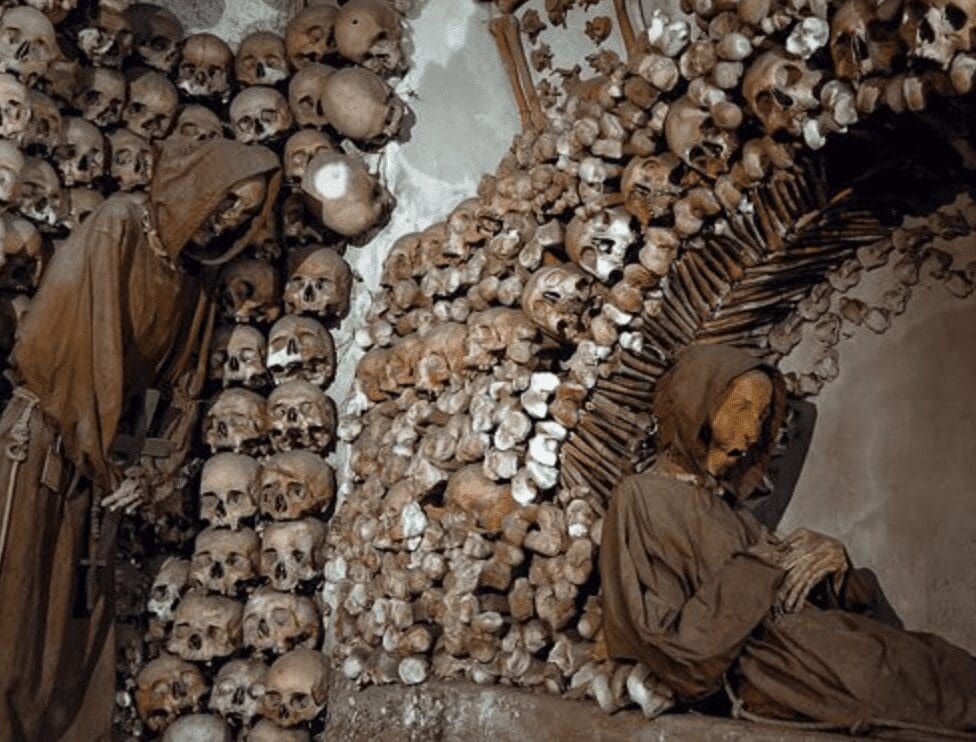
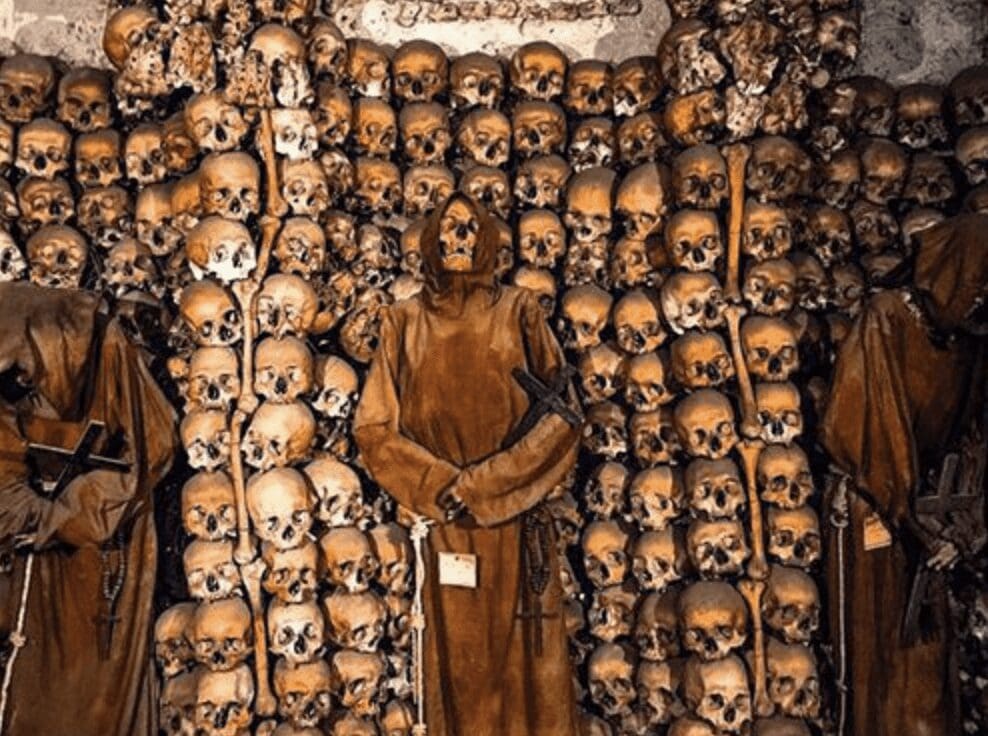
SANTA MARIA DELLA CONCEZIONE CRYPTS
The primary appeal is found in the church’s crypt, where many visitors feel a chill down their spines as soon as they walk down to the ossuary. After they finished the church in 1631, Cardinal Antonio Marcello Barberini, who was a member of the Capuchin friars, ordered that the remains of the members of his order be moved from the cemetery to the church’s crypt. It was instructed that the bones were to be placed on the walls specifically, creating unique designs full of religious symbolism so the space could be a site where the friars would come to reflect and pray. The crypt is divided into six pocket-sized chapels, decorated with the bones of 4,000 Capuchin friars who died between 1528 and 1870.
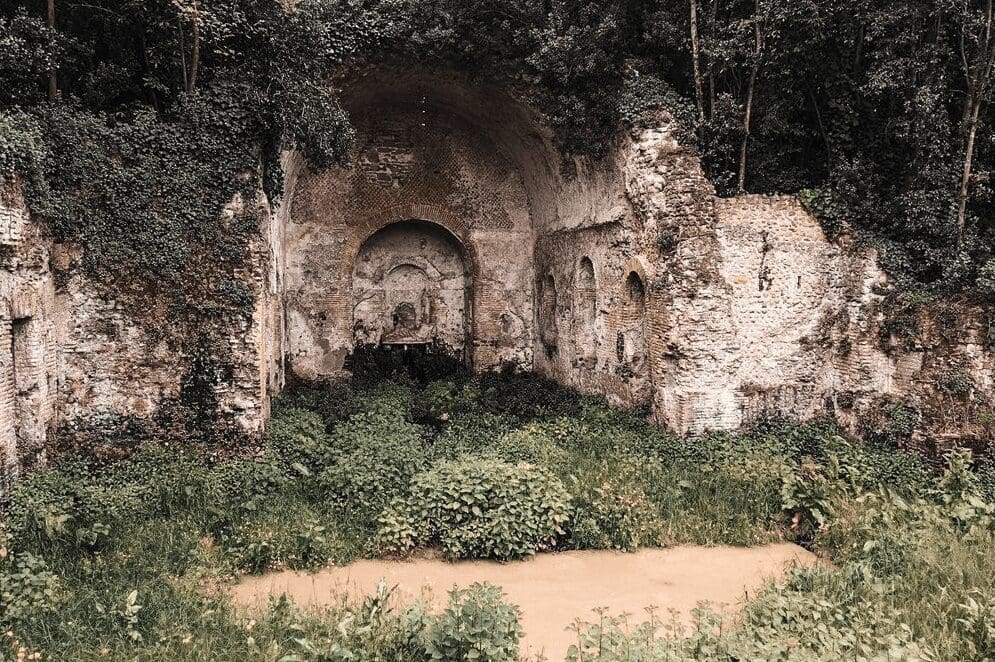
Nymphaeum of Egeria
The legend of the Nymphaeum of Egeria says that this was the location of the spring and sacred wood where Numa Pompilius met with the goddess Nymph Egeria. This union would create the city of Rome. This spot is totally off the beaten path, but finding it is a true gem and a small capture into ancient Roman history.
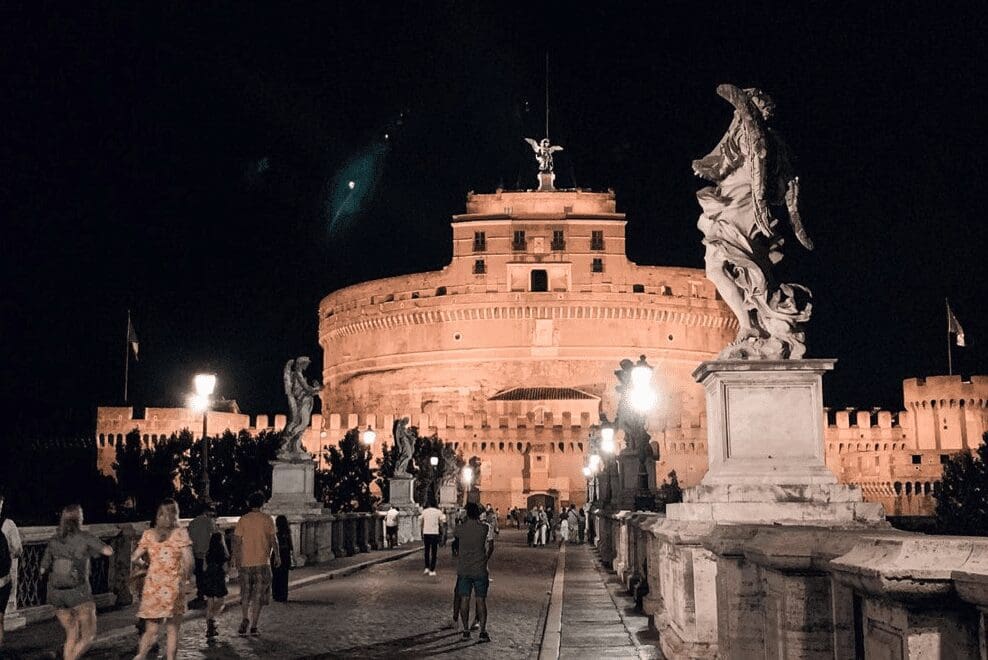
The Angel Bridge & The Ghost Of Beatrice Cenci
Rome’s most famous ghost is that of a young lady named Beatrice Cenci who belonged to one of the powerful noble families of the late Renaissance. She is said to appear on the night between September 10th and 11th, along the bridge that leads to Sant’Angelo Castle. Beatrice was wrongly imprisoned for the death of her father, and after spending years in a 2×2 meter cell at the Corte Savella prison, they then executed her in front of Castel Sant’Angelo. It’s said that she haunts this bridge on the night of her death and if you can see her, it means you have darkness in your heart.
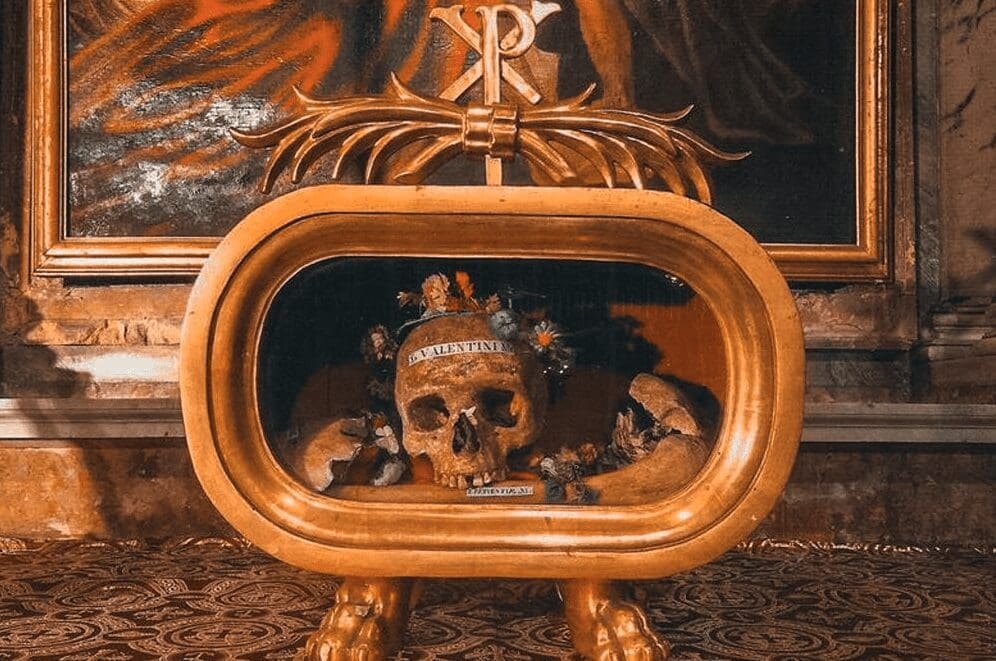
St. Valentine’s Skull
On February 14th and late into the third century AD, a man by the name of Valentinus was martyred. Inside Chiesa di Santa Maria the infamous ‘mouth of truth’ is situated, which is claimed that, inside it, lives the skull belonging to Valentinus himself. Yes, this is the man that inspired Valentine’s Day. The Basilica di Santa Maria in Cosmedin itself is very old, standing on the site of an ancient Roman temple that dates to the second century B.C.
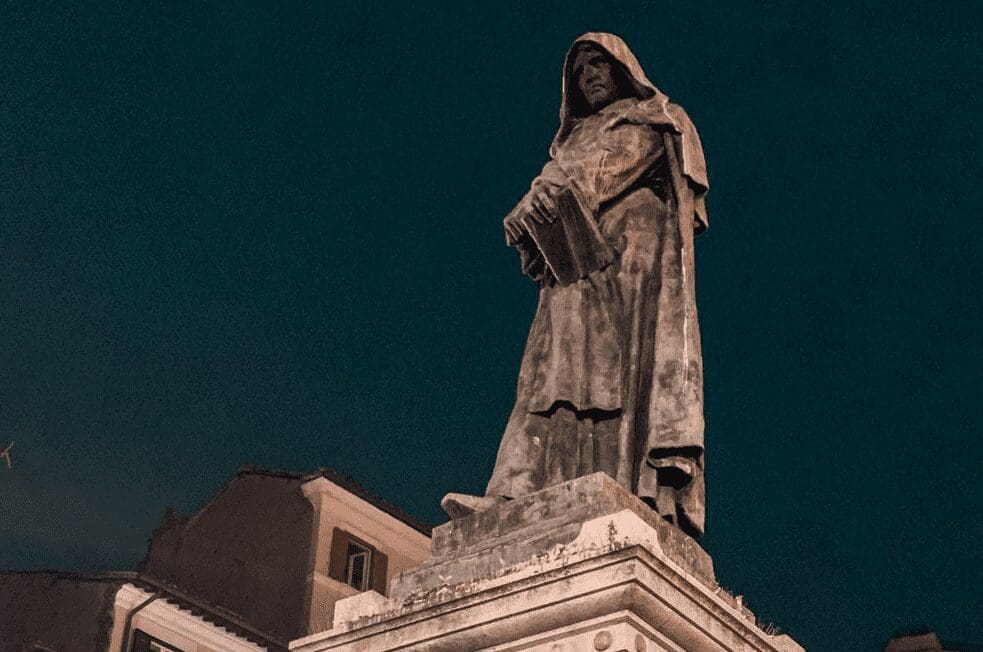
The Statue Of Giordano Bruno In Campo De Fiori
Throughout the years, Campo dei Fiori has been known as a vibrant and lively square with a beautiful daily market. Unfortunately, it’s also known as the square in which many burning executions took place during the 15th century. The reminder of this dark period is represented by the statue of Dominican scientist Giordano Bruno, executed by fire for expressing “heretical” beliefs. Bruno believed in the Copernican idea of a sun-centered universe, which opposed the Church’s ideology of an Earth-centred universe. The statue built in 1888, therefore, represents one of the many victims of the Church, which still to this day never admitted the wrongdoing in Bruno’s case.
EMBARKING ON A DARK TOUR OF ROME
Rome is a mosaic of histories, some cast in light and others in shadow. Exploring these unusual sites offers a glimpse into the depths of Rome’s heart, where every cobblestone and corner has a story veiled in the mists of time. For the weird traveler, discovering the city’s darker side is not just about the thrill but about understanding the layers that make Rome irresistibly captivating.
Remember, Rome is a “beautiful mess,” as locals say, rich with layers upon layers of history waiting to be explored beyond what the eye meets initially. Whether drawn to the architectural wonders of Coppedè Rome, intrigued by the tales of Rome Dark Tourism, or simply curious about seeing Weird Rome, these destinations promise adventures that stray far from the ordinary path, offering a unique perspective of the Eternal City.
Adventure awaits in the shadowy corners of Rome, inviting those who dare to look closer into its mysterious past.
Some Other Weird Spots To Explore On Your Next Rome Trip
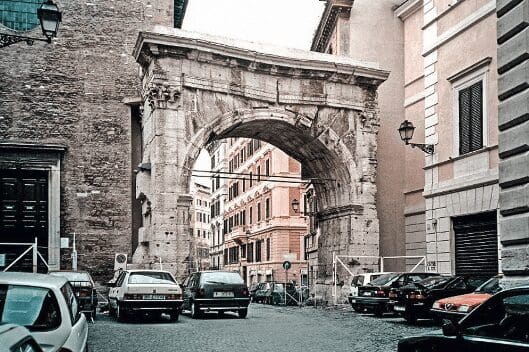
Arch Of Gallienus
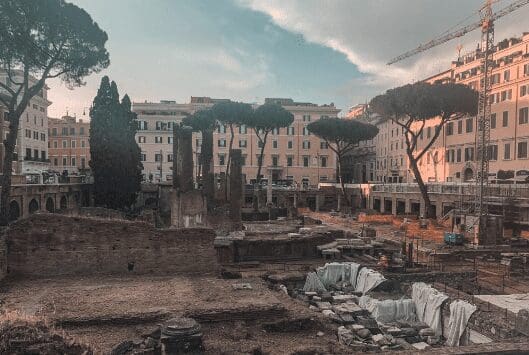
Cat Sanctuary- The Death Of Caesar
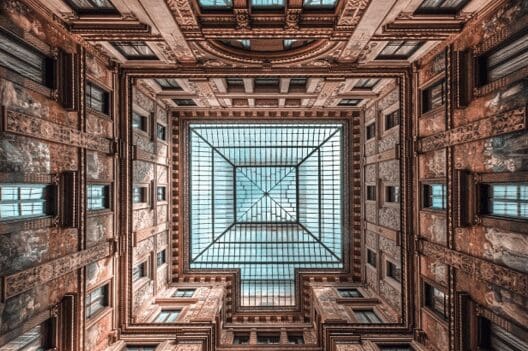
Galleria Sciarra

Elephant & Obelisk
Embark on a mysterious adventure with us!
Explore divinely selected places, where enigma thrives in every corner. From lands vibrating with mystique to ancient realms echoing with phantom tales, our Mysterious Adventures await. Join the journey and unravel the secrets of the extraordinary.

